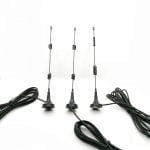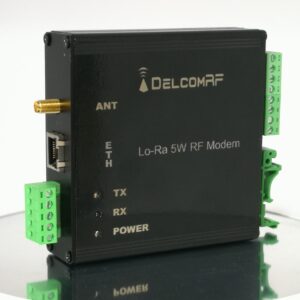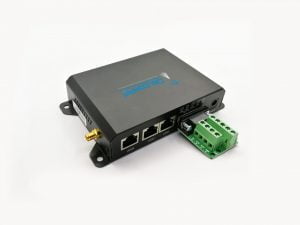TCP / IP Protocol and Applications
In order for two or more computers to communicate with each other, they need some protocols. Today we will examine the TCP / IP protocol, one of these protocols.
It was first developed by the US Department of Defense (DoD) as an alternative to OSI-based systems in the 80’s. TCP / IP, which stands for Transmission Control Protocol / Internet Protocol, is a package that contains the basic protocols of the internet. It was formed by the combination of many protocols. While the TCP part specifies the important points in data transfer, the IP part specifies to find the transport path. The protocol structure is divided into 5 as Application Layer, Transport Layer, Internet Layer, Network Access Layer and Physical Layer.
TCP / IP Protocol and Applications
1) Application Layer
It provides communication between processes and applications on different servers. (Ex: HTTP, FTP, SMTP, etc.)
2) Transport Layer
Provides point-to-point data flow. (TCP and UDP)
3) Internet Layer
It enables data to be directed from the source to the destination along the networks connected by routers. Source and destination address information that provides this flow is stored in the internet layer.
4) Network Access Layer
It is the layer for the logical interface between the end system and the network. The data is physically transformed into 1 and 0 and carried. MATCH
5) Physical Layer
It determines the characteristic properties of the communication medium, the signaling rate and the coding scheme. Data is converted into electrical signals or electromagnetic waves depending on the cable type (or wireless).

TCP / IP Protocol and Applications
How Does TCP / IP Work?
TCP / IP uses a client / server communication model that is provided by another computer (server) on the network a service (such as sending a web page) to a user or machine (client).
Collectively, the TCP / IP protocol group is classified as stateless, which means each client request is new as it has nothing to do with the new requests. Being stateless frees up network paths, allowing them to be used continuously.
However, the transport layer itself is situational. It transmits a single message and remains in place until all packets in a message are received and reassembled at the destination.
Advantages of TCP / IP
TCP / IP is not mandatory and consequently not controlled by a single company. Therefore, the internet protocol package can be changed easily. It is compatible with all operating systems, so it can communicate with any other system. The Internet protocol package is also compatible with all types of computer hardware and networks.TCP / IP, as a highly scalable and routable protocol, can determine the most efficient route over the network.
 DelcomRF TCP / IP modem solves all your connection and data transfer needs without any problems.
DelcomRF TCP / IP modem solves all your connection and data transfer needs without any problems.
TCP IP RF Modem, MO + 32 bit processor, 512 byte buffer support, high air data rate up to 70 kbps, continuous data transfer feature, strong communication distance, addressable feature, 256 frequency channels, output power in European standards, and the ability to establish RF networks over modems. are features. Besides, modems with dozens of different parameters are in industrial class.
Click to review and buy the product.
Feel free to call us for anything you want to ask. DelcomRF A.Ş. and its engineers will gladly support you. Contact us: 0850-360-8080
Mail: [email protected]






